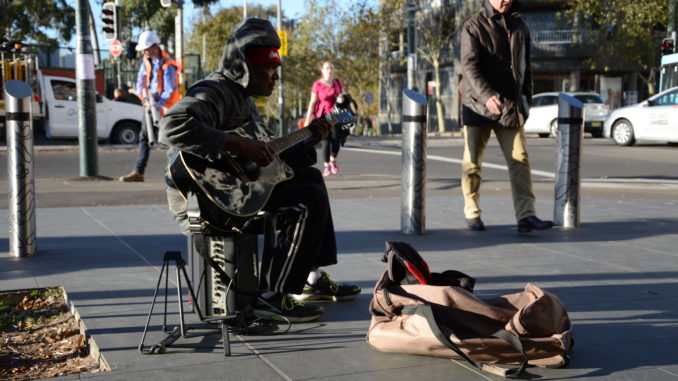
The increasing cost of living and unstable housing market is making life more difficult for all Sydney-siders in terms of making ends meet. For the homeless community, this creates an even bigger barrier between them and a better and more humane life.
With the state and federal elections completed, resulting in a renewal of both Liberal governments, it is unclear whether solving homelessness is a clear priority for these governments. This is an understandable standpoint, because it is unrealistic for governments to address all social issues with the care and rigour they deserve. From a campaign standpoint, it is reassuring to many Australians that the federal Liberal party has outlined a range of policies and reforms to address many of the widespread social problems that exist in Australian society.
However on this list, the federal Liberal party has not directly addressed homelessness. Rather, the NSW state Liberal party aims to provide more funding to fight homelessness. The NSW Liberal party has pledged $1 billion to fight homelessness and that their target is to halve it by 2025. This is a step in a positive direction, but it is unclear on how they will spend the money or whether that is even the right approach to solving this problem.
On the other side, the Labor party had promised a review of Newstart allowance if re-elected. But even then, increasing the Newstart rates is unlikely to provide significant change to peoples ability to afford housing or keep up with the rising cost of living in Sydney.
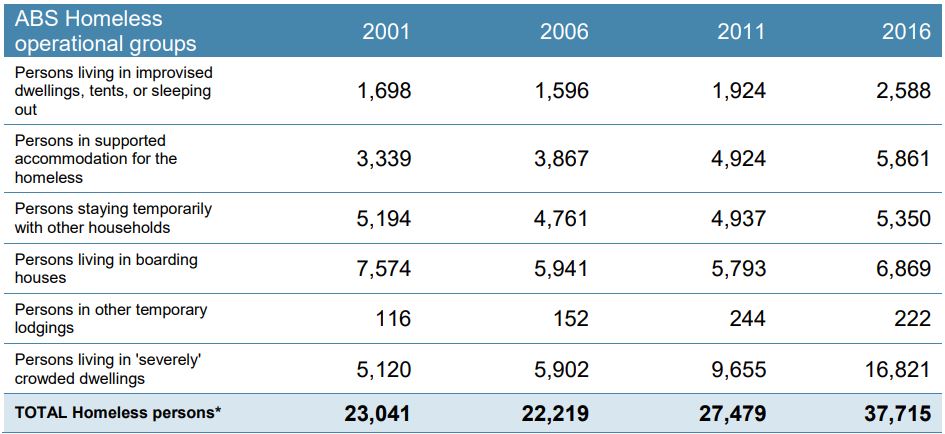
Understanding homelessness
Karen Walsh, CEO of Shelter NSW believes that there should be a “national homelessness strategy, that is led by a national housing strategy.”
“The argument for a national housing strategy is there – all different elements in the system including planning, financial policy, tax policy, social housing policy, affordable housing policy, human service policies… at the moment housing is regarded as a social service welfare policy, generally, we actually want to place it in a different context in government. We want it to be seen as social and economic infrastructure”, Ms Walsh said.
The problem with solving homelessness is not about finding the resources, rather it is about understanding the problem and all the factors that contribute to it from a government policy standpoint, as well as examining all the social and personal reasons that could lead to it.
Karen’s comments on the impact of domestic violence on homelessness
Furthermore, governments can’t just arbitrarily throw money at the problem and hope it goes away. It is more about investing time and resources into long term solutions. This includes working with advocacy groups and social peak bodies to explore and deliver solutions.
“It just comes down to the political will to take this seriously.”
Karen Walsh, CEO, Shelter NSW
Confronting homelessness
The hardest thing about solving the homeless problem is confronting it. Governments are less likely to fund solutions to homelessness because it is a minor part in proportion to the broader community. Often, coverage of homelessness issues only come when a major tragedy occurs which is covered by mainstream media.
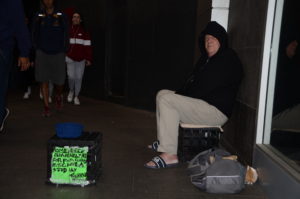
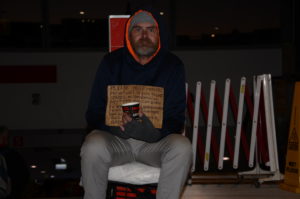
The recent death of Courtney Herron, albeit tragic, has given the homelessness and social housing crisis more focus. In response to this, a petition on the popular petition site Change.org, was created to raise awareness of the homelessness crisis, and plans to be brought forward to the Premier of Victoria, where the hope is that the Victorian government will introduce immediate measures to fight this problem.
While this sort of response from the public is admirable, it is only the result of tragedy. The real change should be championed by social peak bodies and advocacy groups, where they have done the research and studies to find out the empirical reasons why homeless continues to grow.
In late 2018, the Launch Housing group, based in Melbourne released their first comprehensive study of the homeless problem in a report called the Australian Homelessness Monitor. It details the main reasons for why people become homeless, as well as its spread across different demographics. The main takeaway from this report is that homelessness is a result of many social and economic factors, and not just government policy alone.
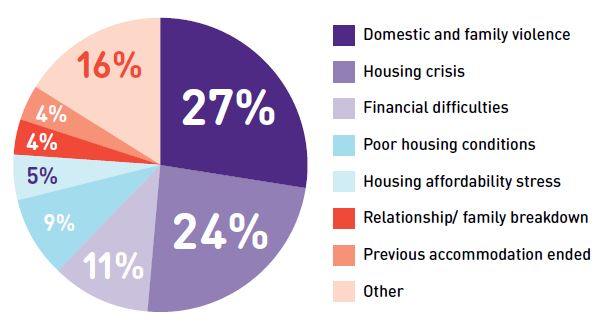
Future outlook for homelessness
While transparency and more research is helping to communicate the complexities and challenges that the homeless problem presents, at the end of the day there needs to be groups that do the hard work and build the facilities and infrastructure to fight homelessness. Projects like the Camperdown Common Ground Project in Sydney, built in 2011, are crucial in providing housing for people who have experienced homelessness or are on low income.

Overall, there is a long way to go in solving the homelessness problem in Sydney, let alone the rest of Australia. But it is not as simple as asking for more funding from governments, or that more research should be done to identify the root causes of homelessness. There are a variety of factors that contribute to homelessness and governments must work with advocacy and social work groups consistently, if we have any chance in reversing the trend.





Be the first to comment